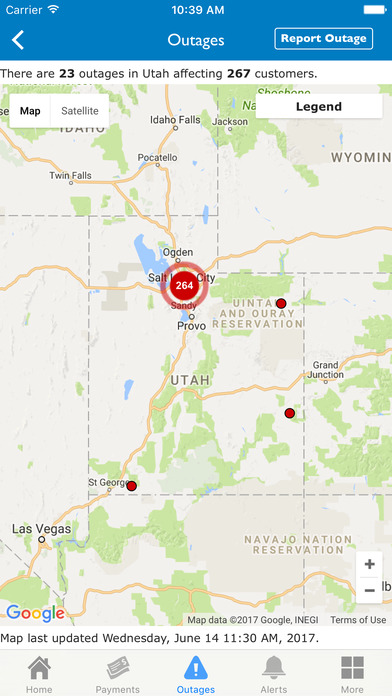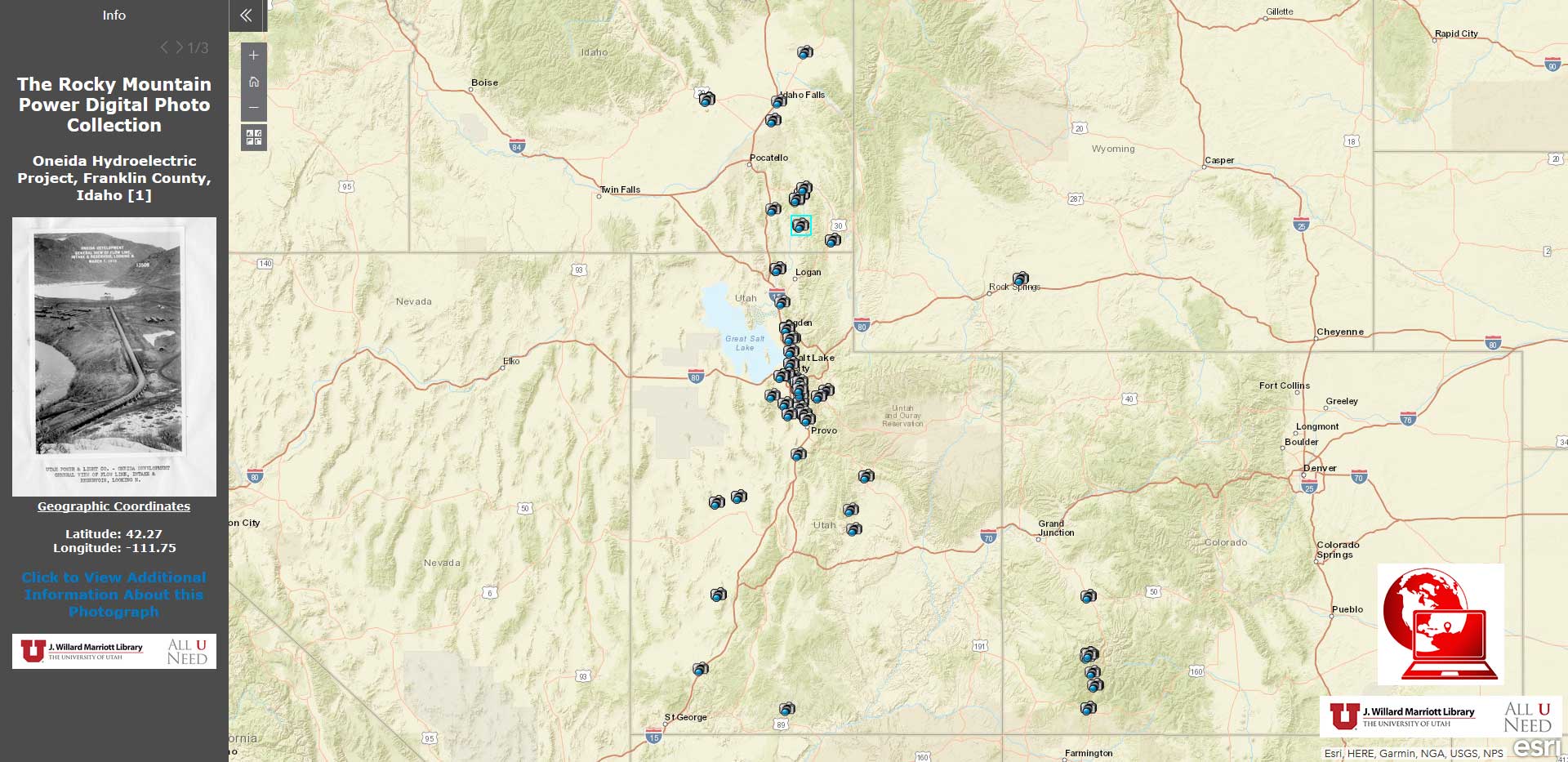
This is not the only effort to bring nuclear power to Utah. They also could experience safety problems that are not an issue for light-water reactors.” The Union of Concerned Scientists, which has monitored safety at nuclear power plants since its inception in 1969, disputed the idea that fast sodium reactors are inherently safer than traditional nuclear generation in a 2021 report.Īccording to the report, “sodium-cooled fast reactors such as the Natrium would likely be less “uranium-efficient.” They would not reduce the amount of waste that requires long-term isolation in a geologic repository. Simpson said a test reactor at Idaho National Laboratory based on similar technology “experienced no major operational problems over about 30 years of operation” “The reactor with sodium coolant is based on a GE-Hitachi design called PRISM, that has been in development off and on for a long time.”

“I think the new reactor technology is very promising and exciting,” said Michael Simpson, chair of the University of Utah’s material science and engineering department. When the wind dies or the sun goes down, the molten salt storage can ramp up.

That makes it better suited for integrating with intermittent energy sources like wind and solar. Unlike regular nuclear plants or coal-fired plants that are slow to ramp up and down, the molten salt storage can rapidly convert its heat to electricity. TerraPower’s system also includes large molten salt reservoirs that can store the nuclear-generated heat to produce electricity when it’s needed. And they generate less “transuranic” waste, heavy radioactive particles that are a byproduct of nuclear reactions. They use “fast neutrons” that produce more energy from the uranium fuel than traditional reactors. The TerraPower system still relies on the nuclear fission of uranium to produce heat that can generate electricity, but it is quite different from the traditional water-cooled reactors that currently produce most of the world’s nuclear energy.įast-sodium reactors use molten sodium instead of water to cool the reactor and transfer heat, which is safer and more efficient.

“We’re excited to be a part of Rocky Mountain Power’s future generation prospects.” “When I heard the news, I was very excited to learn we’re moving from older technology to the next stage of power generation,” said Emery County Commissioner Kent Wilson. The utility is one of the county’s largest employers. That could be good news for Emery County, home to two of PacifiCorp’s largest coal-fired power plants that are set to be retired in the coming years. Locating nuclear plants near existing coal plants means the companies can use existing transmission lines to distribute the power. Construction on that plant is scheduled to begin in 2024, with the plant becoming operational by 2028. The two companies had previously announced a partnership to develop the first “Natrium” power plant in Wyoming’s coal country near Kemmerer. “The locations that will be the subject of the joint study will include sites near existing power plants in Wyoming and Utah,” said Ryan McGraw, vice president, project development for Rocky Mountain Power. This move could provide continuous, carbon-free power to customers across PacifiCorp’s six-state system.

Rocky Mountain Power parent PacifiCorp and Bill Gates-backed TerraPower announced Thursday they are looking at five sites to locate TerraPower’s fast-sodium nuclear reactors integrated with molten salt storage.


 0 kommentar(er)
0 kommentar(er)
